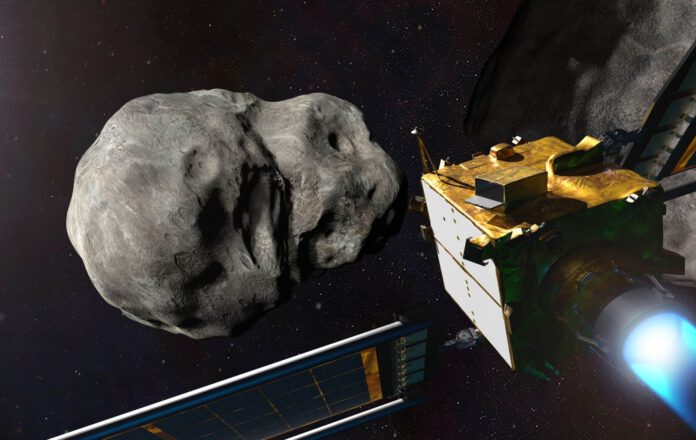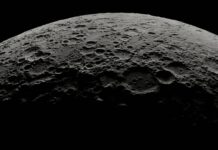
Insight into the Didymos System
Through thorough analyses of the surfaces and internal properties of the Didymos system, researchers have gathered significant information about their origin, development, and physical characteristics.
On September 26, 2022, the spacecraft DART intentionally crashed into the asteroid Dimorphos. By ramming this space rock, scientists hoped to induce a small change in its orbital speed – and thus its orbit. In the following years, researchers have been busy mapping the aftermath of the collision while simultaneously expanding our knowledge of the impacted object. As a result, astronomers are increasingly familiar with the struck moon, alongside its larger counterpart, Didymos.
New Research Findings
In five recently published articles in Nature Communications, various researchers have thoroughly investigated the binary system. They aimed to understand the system’s origin and development and learn more about its physical characteristics. “These findings provide us with new insights into how asteroids can change over time,” says researcher Thomas Statler. “This is crucial not only for our understanding of near-Earth objects but also for tracing the history of our solar system. It is just part of the enormous amount of new knowledge we have gained thanks to DART.”
Surface Analysis
In one of the articles, researchers examined the geology of both asteroids. Using images captured by DART, the team studied the topography of the moon Dimorphos and its larger counterpart. Dimorphos contains rocks of various sizes, has multiple cracks and fractures, and also features several craters. In contrast, Didymos is much smoother at lower altitudes but rocky and crater-filled at higher altitudes. Another article explored the shapes and sizes of the different rocks and how they are distributed across the surfaces of both asteroids. They discovered that the physical features of Dimorphos suggest it was formed in phases, likely from material originating from Didymos.
Theories of Origin
Based on this data, researchers suspect that Dimorphos likely split off from Didymos at some point. This means Didymos is much older: the team estimates Didymos to be about 40 to 130 times older than Dimorphos. They further estimate that Didymos is approximately 12.5 million years old, while Dimorphos is around 300,000 years old. This finding supports the prevailing theory that some binary systems arise from discarded remnants of a larger primary asteroid, which can eventually grow into a new moon.
Surface Changes and Durability
In a third article, researchers discovered that rocks on the surface of Dimorphos break apart easily due to extreme heat, leading to cracks and changes in the appearance of the moon. This means Dimorphos’ surface changes more quickly than researchers previously thought. Additionally, it is now known that Didymos’ load-bearing capacity – or the ability of a surface to bear loads – is at least 1,000 times lower than that of dry sand on Earth or lunar soil. This finding is important for understanding and predicting how a surface behaves, including how to alter the trajectory of an asteroid.
Comparative Studies with Other Asteroids
Lastly, researchers compared the rocks on Dimorphos with those from other known asteroids, including Itokawa, Ryugu, and Bennu. The researchers found that the rocks displayed similar characteristics, suggesting these asteroids formed and evolved in a similar manner.
Broader Implications
Together, the findings provide a detailed view of the Didymos system. They offer more insight into the system’s origin and help us better understand how such celestial bodies came to be. “Thanks to the captured images, we learned a lot about the geophysical properties of both Didymos and Dimorphos,” says researcher Olivier Barnouin. “We also better understand why DART was successful in shifting Dimorphos.”
These results also lay a solid foundation for the upcoming Hera mission, set to launch in 2026, which aims to study the aftermath of the DART mission in more detail. It promises to be an exciting mission. “We’ve learned a lot from DART, but we will discover even more as the upcoming Hera mission from the European Space Agency investigates the collision’s effects,” conclude the researchers. Ultimately, they hope that we will be even better prepared if a near-Earth object is ever on a collision course with Earth. It means that with all the acquired knowledge, we can develop more effective strategies to protect the planet, if necessary.











